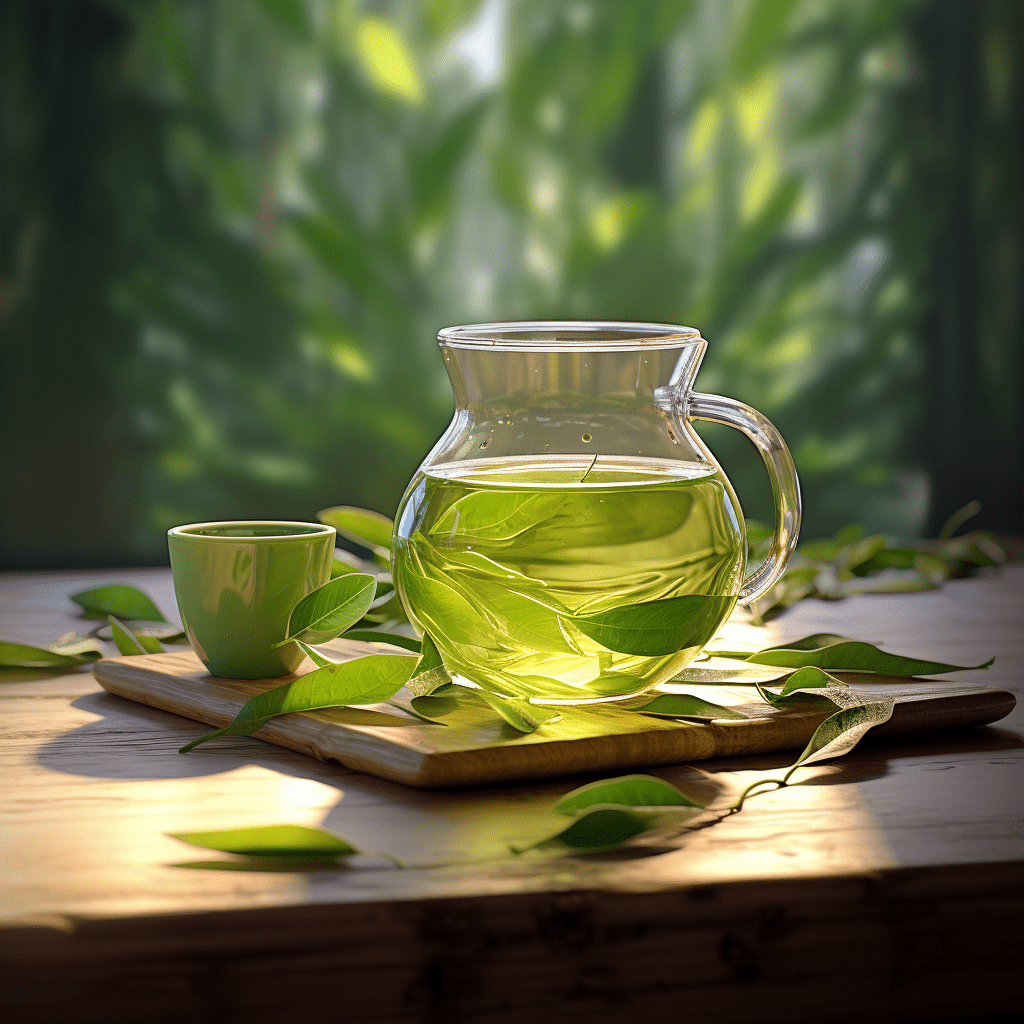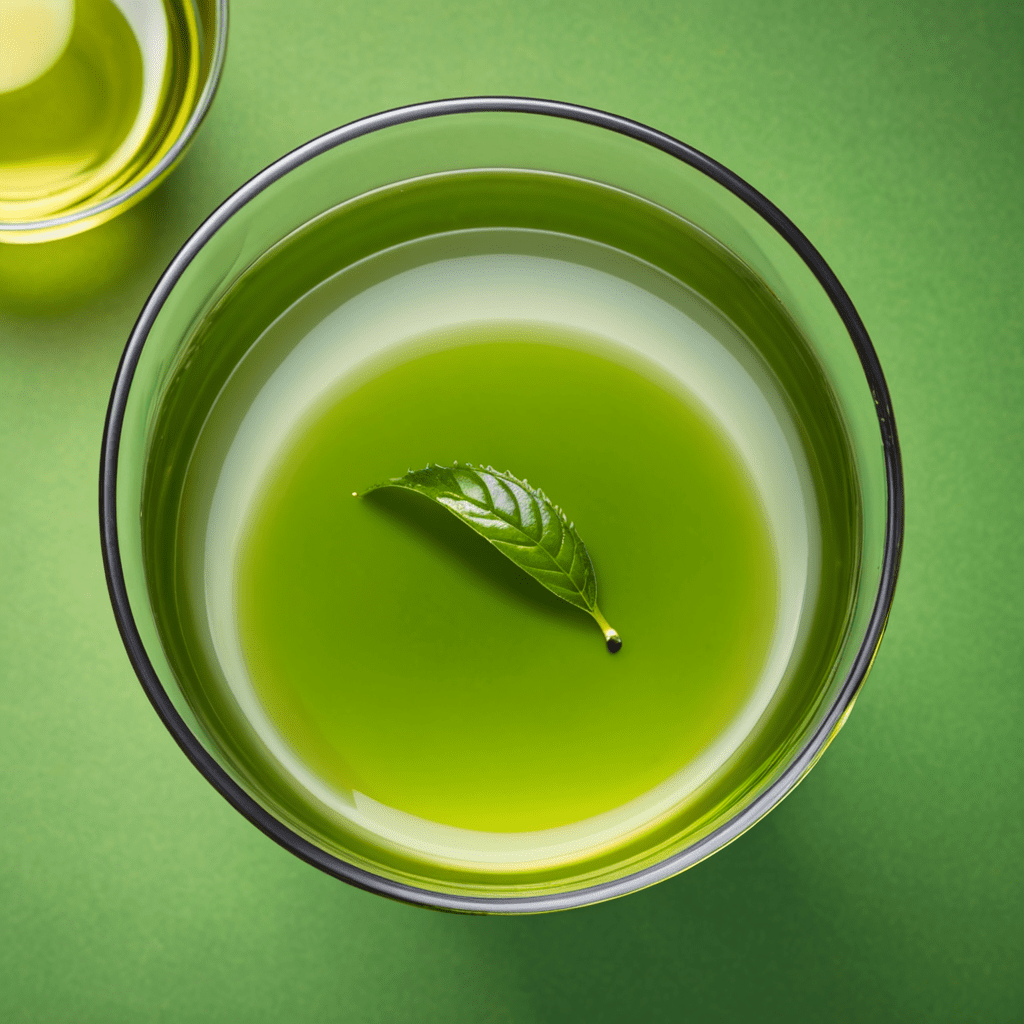
What to Put in Green Tea: Enhancing Your Brew
Green tea is a popular beverage known for its numerous health benefits and refreshing taste. While sipping a cup of plain green tea is enjoyable on its own, there are several additions you can incorporate to enhance its flavor and add extra nutrients. In this article, we will explore various ingredients you can put in your green tea to elevate your brewing experience.
1. Lemon and Honey: A Perfect Combination
Adding a squeeze of fresh lemon juice and a drizzle of honey to your green tea can create a delightful blend of flavors. Lemon not only offers a tangy and bright taste but also provides a boost of vitamin C. Meanwhile, honey adds a touch of sweetness and offers potential health benefits such as soothing a sore throat and promoting digestive health. Experiment with the ratio of lemon juice and honey to find your ideal balance of flavors.
2. Fresh Mint Leaves: A Cooling Twist
If you love refreshing and invigorating flavors, consider adding fresh mint leaves to your green tea. Mint not only imparts a cooling sensation but also adds a pleasant herbal note to your brew. Additionally, mint is known for its digestive properties and may help alleviate nausea and indigestion. Simply bruise a few mint leaves and infuse them in your tea for a refreshing twist.
3. Ginger: Spice up Your Tea
For those who enjoy a bit of spice, ginger is an excellent addition to green tea. Ginger offers a subtle heat and a distinct earthy flavor, complementing the natural profile of green tea. Additionally, ginger is renowned for its potential anti-inflammatory and digestive benefits. To incorporate ginger into your tea, simply grate a small amount of fresh ginger and steep it with your green tea leaves.
4. Jasmine Blossoms: Fragrant and Floral
Jasmine green tea is a popular variety that combines the soothing properties of green tea with the delicate aroma of jasmine blossoms. However, you can create your own jasmine-infused green tea by adding a few dried jasmine blossoms to your brew. This floral touch not only imparts a fragrant aroma but also adds a touch of elegance to your tea-drinking experience.
5. Turmeric and Black Pepper: A Golden Blend
Turmeric has gained popularity for its potential health benefits, most notably its anti-inflammatory properties. When combined with black pepper, the absorption of curcumin, the active compound in turmeric, may be enhanced. To create a golden blend, sprinkle a pinch of turmeric and a dash of black pepper into your green tea. The result is a unique flavor combination with potential health-enhancing properties.
6. Citrus Zest: Burst of Freshness
If you’re looking for a burst of citrusy freshness, consider adding a pinch of citrus zest to your green tea. Lemon, orange, or grapefruit zest can add a vibrant aroma and a zesty flavor to your brew. Simply grate the outer peel of your preferred citrus fruit and add a small amount to your steeping tea leaves. Be cautious not to include the bitter white pith, as it may alter the taste of your tea.
Frequently Asked Questions (FAQ)
Q: Can I add milk to green tea?
Adding milk is not a common practice when it comes to green tea. Unlike black tea, the delicate flavors and aromas of green tea can be easily overwhelmed by milk. It is best to enjoy green tea without milk to fully appreciate its natural characteristics.
Q: What is the ideal temperature for brewing green tea?
The ideal temperature for brewing green tea is around 175°F to 185°F (79°C to 85°C). Using water that is too hot can result in a bitter and unpleasant taste. If you don’t have a thermometer, a simple trick is to let the boiled water sit for a few minutes before pouring it over your tea leaves.
Q: How long should I steep green tea?
Steeping green tea for too long can result in a bitter taste. It is typically recommended to steep green tea for 2-3 minutes. However, this may vary depending on the variety of green tea you are using. It’s always a good idea to follow the instructions provided by the tea manufacturer or experiment with different steeping times to find your preferred strength.

